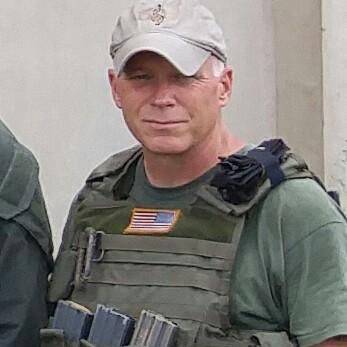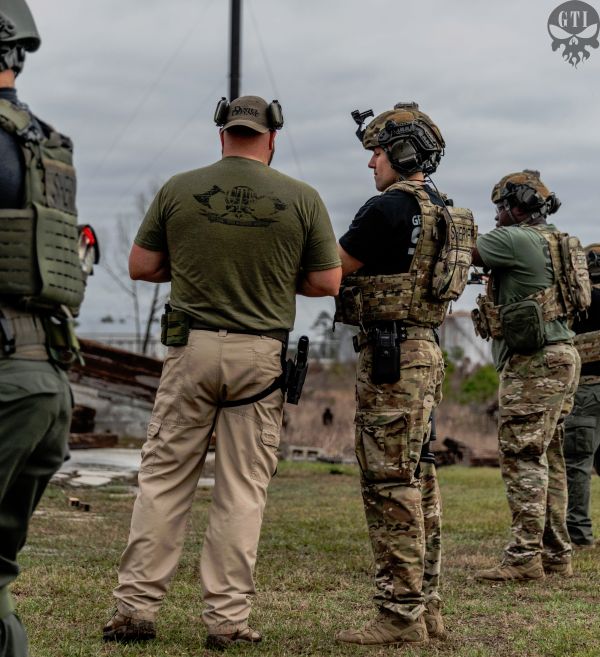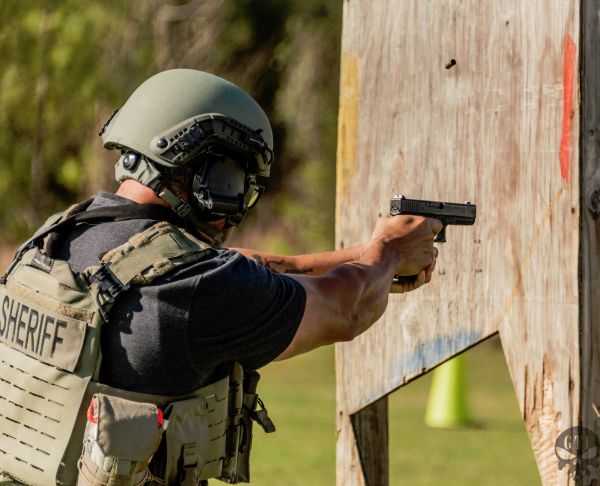|
Law Enforcement Firearms February 11th, 2020 By Dennis O'Connor, Law Enforcement Liason  One of the most critical capabilities that are bestowed upon us in law enforcement is the training and use of a departmental issued firearm. In law enforcement our gun, when fired voluntarily, or at times involuntarily, has catastrophic consequences where a life is taken or someone is physically injured. As in any law enforcement agency, the firearm is by in large the biggest liability an agency carries. Police officers come from various backgrounds when it comes to firearms. Some maybe very familiar, while others may have never handled or fired a firearm. This is extremely challenging to range training personnel, attempting to ensure new officers are qualified at the completion of firearms training. In addition, range personnel are also tasked with requalification of all police personnel to ensure their department stays current for what is mandated by their state.  Having served in law enforcement for twenty five years and fourteen years as a tactical and firearms trainer for the Government Training Institute, I have found that most firearms programs are inadequate and lack the true components to reduce the liability associated with the firearm. First we must look at the deficiencies associated with most departmental firearms programs. Departmental budgets are always in crisis mode, leading to financial cuts in range budgets. Most agencies qualify only a few times a year due to the limited amount of ammunition in the budget. This shortage creates less time shooting, easier qualifications, less stress shooting and the inability to hone the skills needed to operate the weapon. Qualifications are limited to slight movements, stationary shooting and distances that allow easy target engagements. Range safety although very necessary can also create training scars. For instance range drills should incorporate movements that place other officers ahead of officers engaging targets. This builds confidence that and officer can engage a target with innocence in front of his barrel and be accurate and effective. Now I know whoever may read this article will say this is insane, but understand, you are asking your personnel to use "Deadly Force" in a non-safety range environment, so why not train this way. Range drills can be developed for safety, but at the same time push law enforcement personnel into uncomfortable positions to understand that this weapon and its ability to take life needs to be mastered and accurate shot placement has no margin of error in a deadly force confrontation.  Now the argument will come that agencies have those few who should probably not have a gun in their hand. My response to this each and every time I have heard this was, "are you kidding me!!" Do we allow officers to carry a gun, who we truly believe shouldn't carry a gun? Any Chief, Sherriff or C.E.O. of a law enforcement agency that allows this to occur, should look for employment elsewhere. The firearm capable of taking human life needs to be mastered in adverse conditions, under extreme stress in training, so that when the day comes an officer can respond with confidence and extreme accuracy to shut down and eliminate any and all potential of an individual willing to take a human life. To lessen the liability that comes with the use of a firearm, we must train often, range drills need to be complex and the accuracy of each and every round fired need to be accounted for and analyzed. Any comments of questions feel free to email me at dennis@gtitraining.org GTI offers individual officer marksmanship training in both pistol and rifle through our GTI Legion program. View the Legion Calendar to see what classes are coming up. |